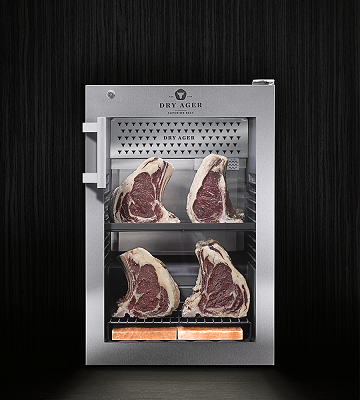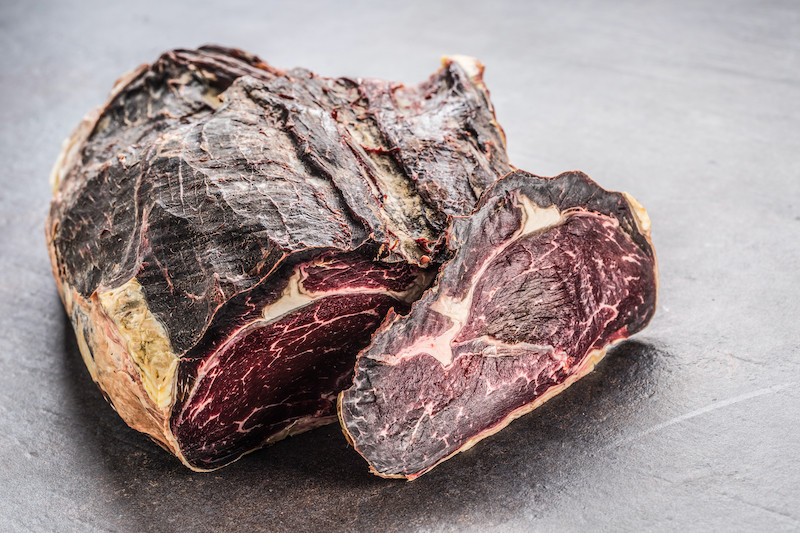Okay, so I’m gonna walk you through my little experiment with trying to dial in the perfect temperature for my DIY dry ager. It was a journey, let me tell you.
First things first, I had to build the thing. I grabbed an old fridge from my buddy, cleaned it out real good, and then started researching what temps and humidity levels I needed to be shooting for. Everyone online was saying between 34°F and 38°F (1°C and 3°C) is the sweet spot. Humidity? Aim for 80-85%. Got it.

Then came the temp controller. I went with a cheap Inkbird one off of Amazon. Figured, hey, if this works, then I’ll upgrade later. I wired that bad boy up – and I’m no electrician, so that was a learning curve right there – plugged it in, and crossed my fingers. At first, it seemed like the fridge was stuck at whatever temperature it wanted. Super annoying!
Next thing I did, I bought a few different thermometers and hygrometers. One digital, one analog, just to double-check what the Inkbird was telling me. Turns out, the Inkbird was actually pretty accurate. The problem was the fridge itself. It was either freezing my test steaks solid or getting way too warm. No in between.
So, I started tweaking the settings on the Inkbird like crazy. I messed with the differential, the delay time, everything I could find in the manual. It was like trying to solve a Rubik’s Cube blindfolded. I was making small adjustments, waiting a day, checking the temp, making another adjustment… This went on for about a week, maybe longer. I was going insane!
I did some research and realised air circulation is so important. The cold air wasn’t being distributed evenly. So, I grabbed a small USB fan and stuck it inside the fridge, pointing upwards. And guess what? It actually made a difference! The temp started to stabilize a little bit.
More tweaking followed. It was so frustrating, because the temperature would fluctuate based on how often I opened the door. Then, also I got an alert from my smart sensor, turns out there was a short power outage overnight. This messed everything up all over again! I swear, that was the low point. I almost gave up and just bought a fancy commercial unit.
Finally, after what felt like an eternity, I got it dialed in. I found that setting the Inkbird to 36°F (2°C) with a tight differential (.5F) and a short delay time seemed to work the best. The humidity was hovering around 82%, which was perfect. The fan was keeping the air moving, and the fridge was actually holding a consistent temperature. I felt like I’d won the lottery!
And the end result? A perfectly dry-aged ribeye! The flavor was amazing. All that work, all that frustration, was totally worth it. I mean, I’m still keeping an eye on it, making small adjustments here and there, because things change. But for now, I’m pretty happy with how it turned out. Now I can finally dry age my meat at home and eat like a king.

- Old Fridge
- Inkbird Temperature Controller
- USB Fan
- Thermometers & Hygrometers



















